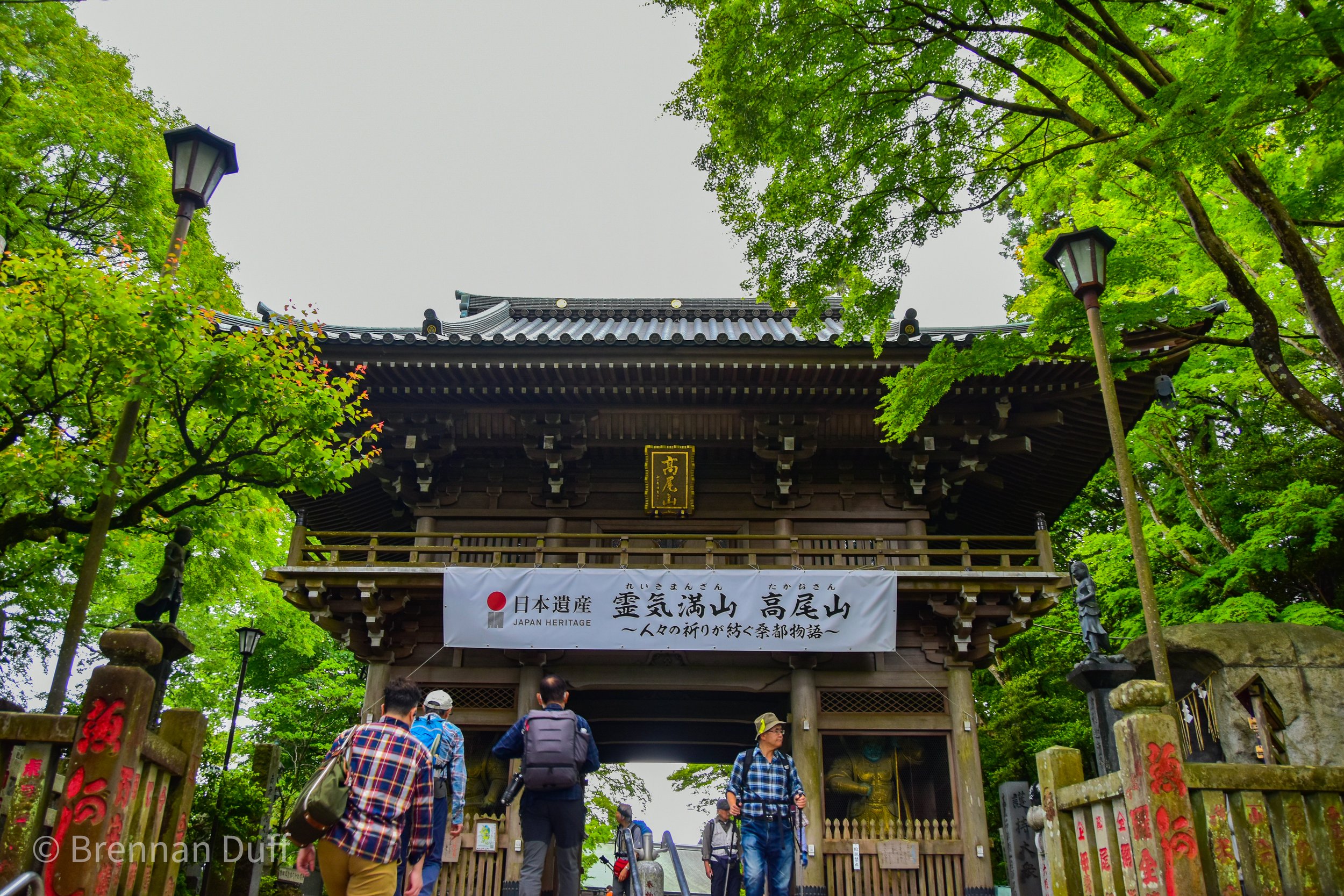Chionji
Founded sometime in the 9th century C.E. just south of Amanohashidate, Chionji is a temple of the Rinzai-Zen sect. While the temple claims to be built in the 9th century, the eariest recorded dates are from the Kamakura Period (1180-1333 C.E.). Many of the buildings and the pricipal figure in the temple are all also dated to the Kamakura Period. The temple is dedicated to the Bodhisattva of Wisdom, Monju (Manjusri), and as a result the temple has been a noted pilgrimage spot for leaders and philosophers throughout Japan’s history. For much of its history, Chionji claimed the forested sandbar Amanohashidate (The Bridge to Heaven) as private property of the temple, until the Meiji Restoration formally separated it from the temple. Amanohashidate is a key feature of the Shinto belief and therefore could not be associated with Buddhism per the new regulations. It was later established a national forest in 1871.
For the casual: 6. For the educated: 8.
Let’s just get the main issue out of the way first, it’s not easy to get to Amanohashidate from Kyoto. There is a train, but it takes a few hours. Now, that being said, this is a beautiful temple and one of my personal favorites for which I will explain in a bit. The road to the temple is one of those roads that clearly hasn’t changed in at least a hundred years. Cute little shops are here and there with maneki neko in windows and standing outside doors beckoning the odd passerby to see their wares. The main gate to the temple certainly announces itself because of its size and its clear distinction from the neighboring buildings. Once through, the grounds are filled with beautifully kept pine trees that are covered in omamori (fortune telling papers) which are specially printed on small paper fans. My favorite part of the temple is within the main building to the side. Keen eyed observers will notice a lot of very gruesome images painted on large wooden boards. These are images of the Buddhism Hell Scrolls! Yay!!! Just like gruesome stone statues outside a cathedral, these images show what happens to those who do not follow the teachings of the Buddha, and especially those who are evil in this life and do not deserve enlightenment. There are punishments befitting the crimes of the individual, like being turned into mostly animal if the person was cruel to animals, being turned into a hungry ghost for those who were too greedy, and quite a few other ones that I’ll just let you look it up if you have the stomach for these things. These images bring me particular joy because they remind me of one of my favorite classes in college taught by one of my favorite professors, a man with a dry sense of humor who knowingly showed us the most graphic images just before lunch time then asked us if we had any appetite left. We did not.
Omamori hanging from tree branches. These both say “Daikichi” or “THE BEST LUCK!!!”
Yup, they’re pretty gruesome.










